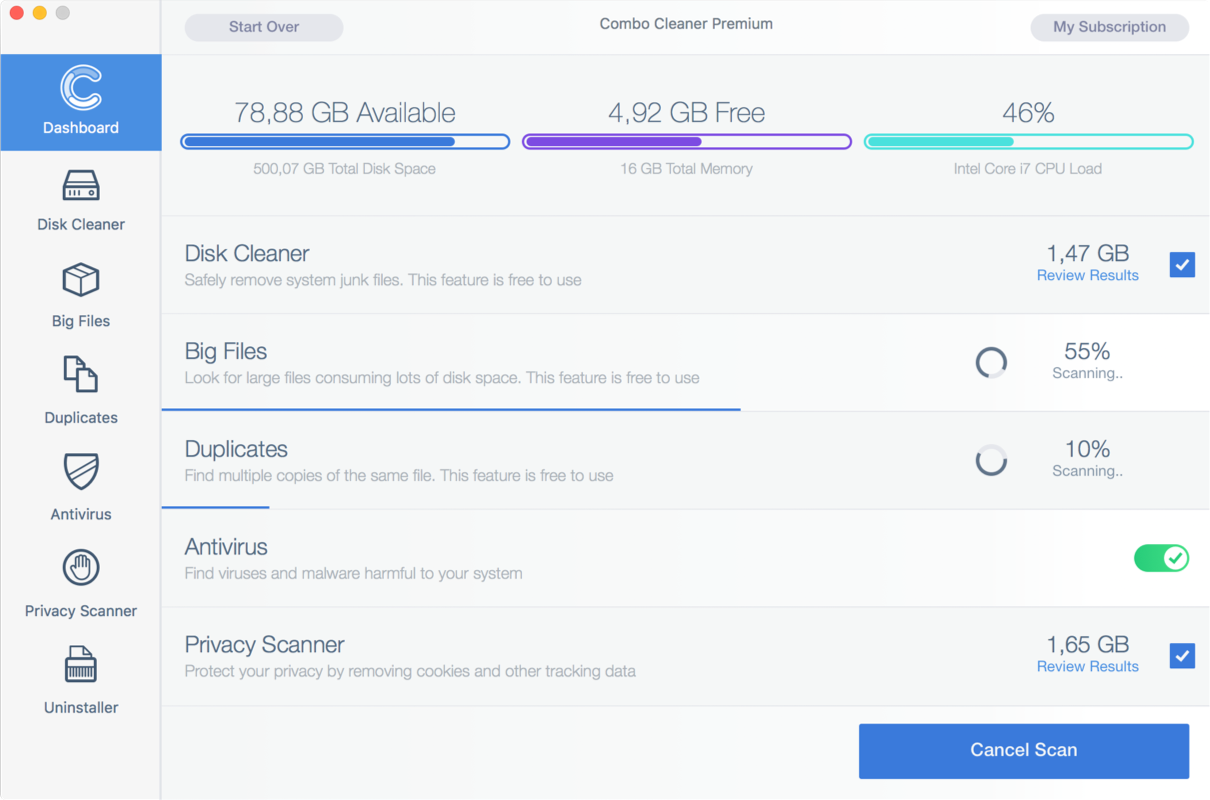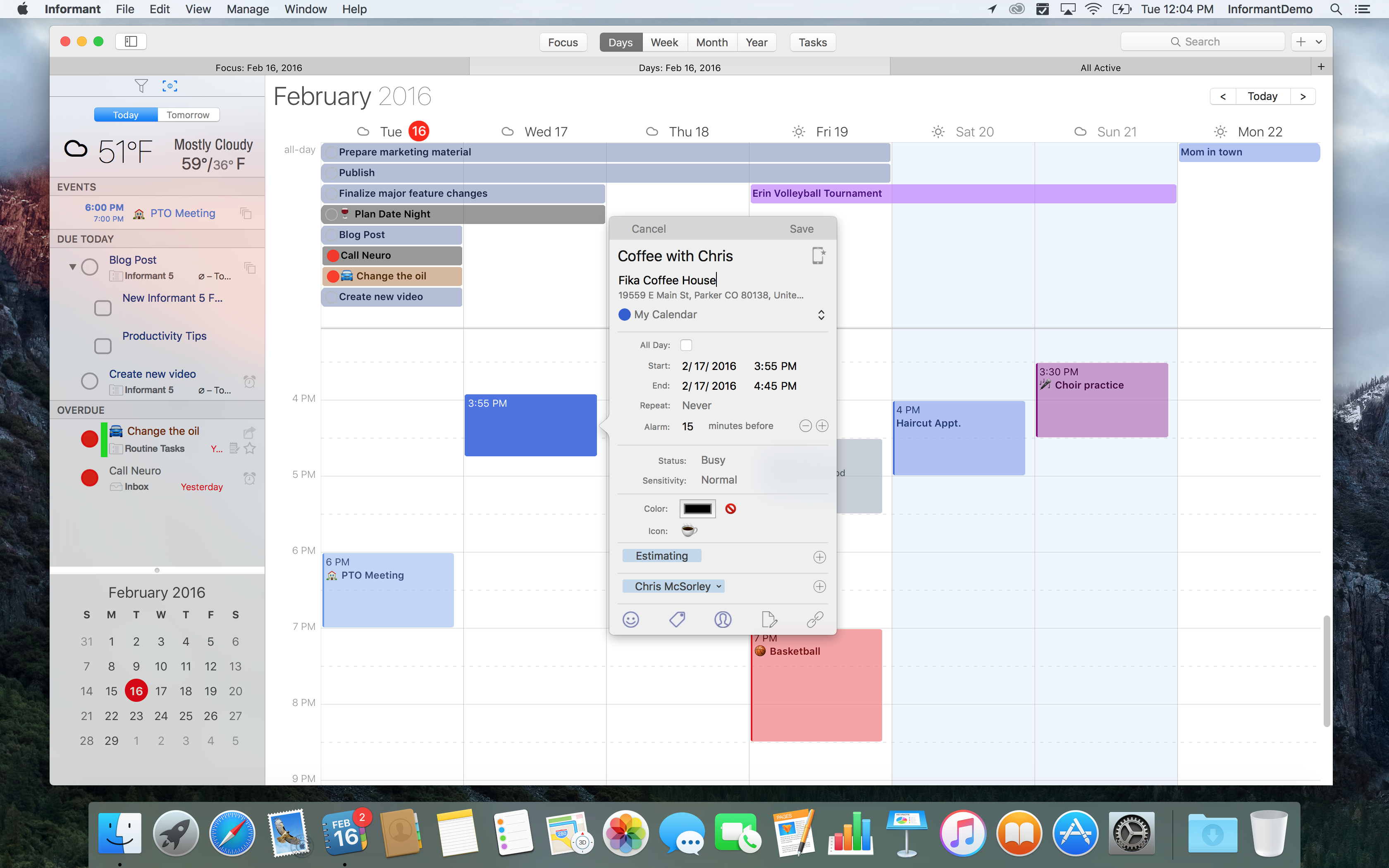For Mac Free Version Cliphouse Download Via Hidden Network
- For Mac Free Version Cliphouse Download Via Hidden Network On My Computer
- For Mac Free Version Cliphouse Download Via Hidden Network On Wifi
macOS Recovery is part of the built-in recovery system of your Mac. You can start up from macOS Recovery and use its utilities to recover from certain software issues or take other actions on your Mac.
The free version however, still lets you scan and find devices on your network. The first thing required is to configure the address range to scan from the default by clicking the Settings button and entering the the range you need for your network, such as 192.168.0.1-254. 10 great free downloads for your network. IP address, MAC address, operating system being used, shared folders, and system information such as its processor and RAM. The free version. Free and easy-to-use firmware update files (IPSWs) designed for quickly installing the latest iOS version on your iPhone and/or iPod device iOS (iPad Firmware) IPSW update files designed to help you effortlessly restore and / or update your iPad to the latest software version using Apple's iTunes. Download Sync Folders for macOS 10.7 or later and enjoy it on your Mac. Sync Folders is a free version of the popular Sync Folders Pro utility. The app is an easy-to-use for beginners, has the ability to fine-tune synchronization settings for the most exacting professionals.
How to use macOS Recovery

CCBoot 2017 Build 10-11 on mac free last version download via hidden network. System > System Miscellaneous See URL below ᐳᐳᐳᐳᐳ CCBoot. Download the free trial version below to get started Download ccboot 3.0 full crack. Turn on your Mac and immediately press and hold Command (⌘)-R or one of the other macOS Recovery key combinations on your keyboard. Continue holding until you see the Apple logo or a spinning globe. Fully compatible with macOS, EaseUS Mac data recovery free software automatically scans your storage devices connected to your Mac and find the deleted files. Save files from Mac notebook, Mac desktop, hard drive, SSD, USB drive, memory card, SD card, CF card, digital camera, iPod, MP3/MP4 player, etc.
- Turn on your Mac and immediately press and hold Command (⌘)-R.
- Release the keys when you see an Apple logo, spinning globe, or other startup screen.
- You might be prompted to enter a password, such as a firmware password or the password of a user who is an administrator of this Mac. Enter the requested password to continue.
- Startup is complete when you see the utilities window:
- After starting up from macOS Recovery, select a utility, then click Continue:
- Restore From Time Machine Backup:Restore your Mac from a Time Machine backup.
- Reinstall macOS: Download and reinstall the Mac operating system.
- Get Help Online: Use Safari to browse the web and find help for your Mac. Links to Apple's support website are included. Browser plug-ins and extensions are disabled.
- Disk Utility: Use Disk Utility to repair or erase your startup disk or other storage device.
Additional utilities are available from the Utilities menu in the menu bar: Startup Security Utility (or Firmware Password Utility), Network Utility, and Terminal.
- To quit macOS Recovery, choose Restart or Shut Down from the Apple menu . If you want to choose a different startup disk before quitting, choose Startup Disk from the Apple menu.

If you can't start up from macOS Recovery
If your Mac can't start up from the built-in recovery system, it might automatically try to start up from macOS Recovery over the Internet. When that happens, you see a spinning globe instead of an Apple logo during startup.
To manually start up from macOS Recovery over the Internet, press and hold Option-Command-R or Shift-Option-Command-R at startup. Learn more about these key combinations.
If your Mac still can't start up from macOS Recovery, you might need to start up from another disk or volume, or use a bootable installer.
For Mac Free Version Cliphouse Download Via Hidden Network On My Computer

For Mac Free Version Cliphouse Download Via Hidden Network On Wifi
macOS Recovery over the Internet, the Reinstall macOS utility, and the Get Help Online utility all require an Internet connection. If you need to connect to a Wi-Fi network, move your pointer to the top of the screen, then choose a network from the Wi-Fi menu in the menu bar.